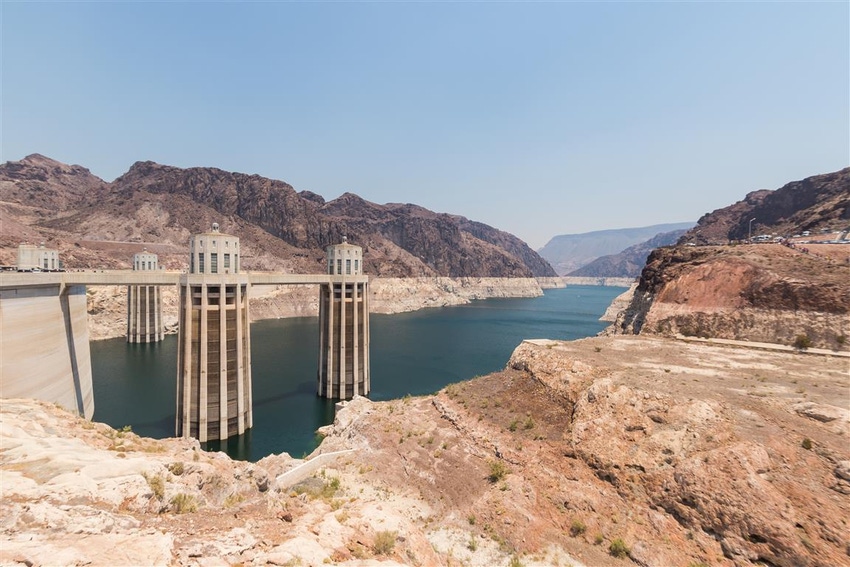August 16, 2016

For those who put stock in the Farmers’ Almanac and its ability to predict the severity of winter, you’re in luck. The outlook is in and it appears Old Man Winter will pay a visit.
With the exception of the West, the rest of the country is predicted to fall into a deep freeze.
For the West, including California and Arizona, we should be “balmy and wet,” according to the prognosticators.
I think we heard that last year.
We all know that the epic El Niño that was predicted really wasn’t the sloppy, wet mess that we’ve seen in other years in California, though it did bring enough rain and snow to fill a few California reservoirs that were dangerously low.
Frigid temperatures could start early in the Midwest, Great Lakes, and Northeast but give it time and by February northern tier states could see temperatures in the minus-40 range, according to the outlook.
The Farmers’ Almanac boasts a pretty good record of forecasting the weather for specific regions. In 2016, they apparently got it right with a winter storm that moved up the Appalachian Trail in late February and snowstorms in Colorado a month later.
So, what about Arizona, California, Utah and Nevada? Here are some highlights:
Arizona and California cotton growers may want to watch the forecast as they plan harvest as October could be unsettled;
Dust storms are predicted Oct. 12-15 – we can probably guess where those will happen;
A “big storm” is said to evolve in early December, bringing with it “copious amounts of precipitation” in time for the Almond Conference in Sacramento, but perhaps after the California Alfalfa & Forage Symposium in Reno;
A rare rain event could dampen the Tournament of Roses Parade;
More winter weather is predicted for January and February with the possibility of stormy weather during the farm shows in Colusa and Tulare in early February; and,
Late March could see another round of stormy weather for the region, which could remain off and on through April and May.
So there you have it. All we don’t know yet is how much snow will blanket California’s northern mountains and the Sierra, or how much will fall on watersheds that feed the Colorado River. Storms like that will be critical to abysmally-low water conditions in key watersheds that serve much of the West.
Neither do we know if officials will try to fill California's San Luis Reservoir this winter after purposefully allowing it to go dry by the end of this year - a prediction I'm making based on what we've seen so far.
You May Also Like




